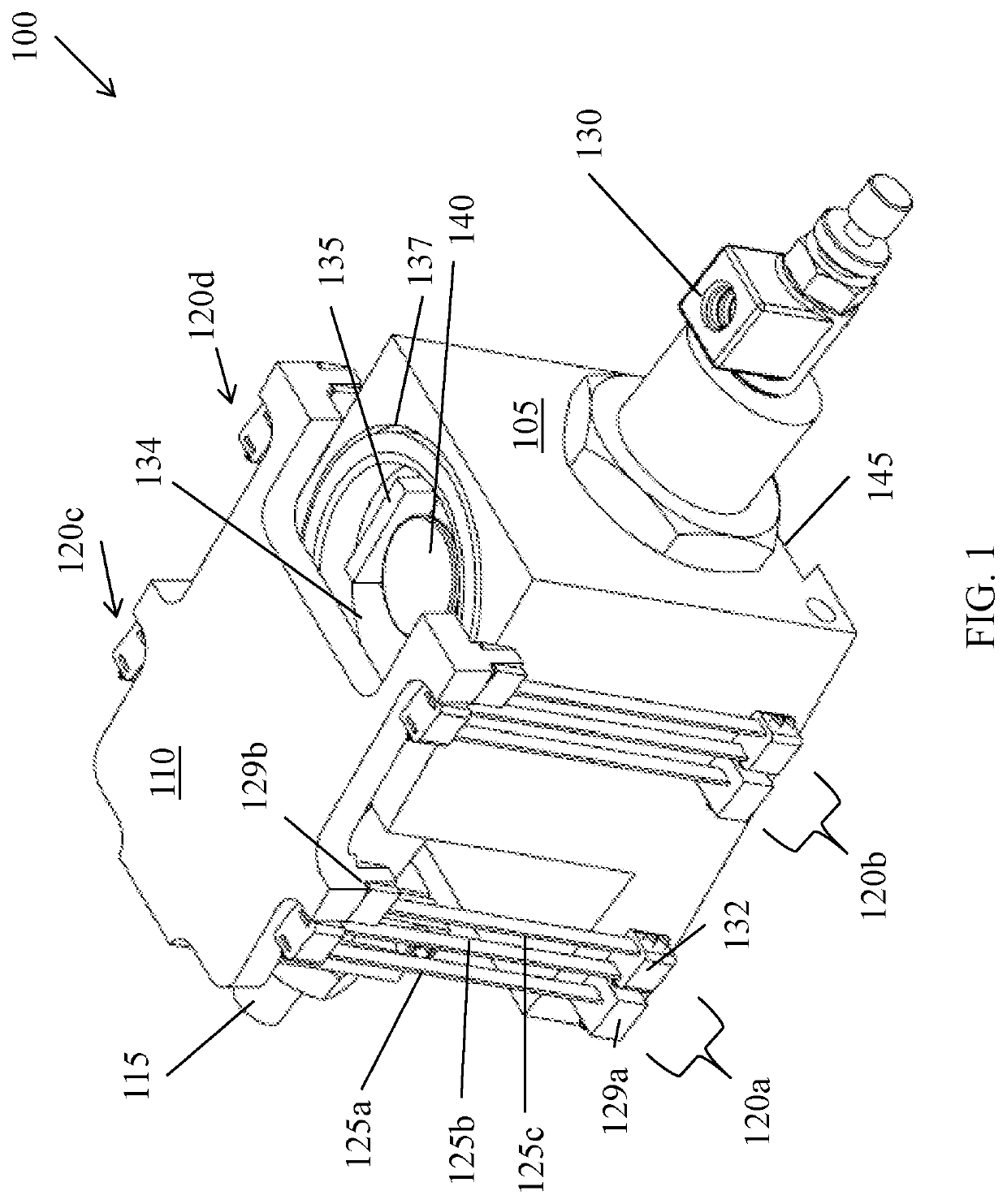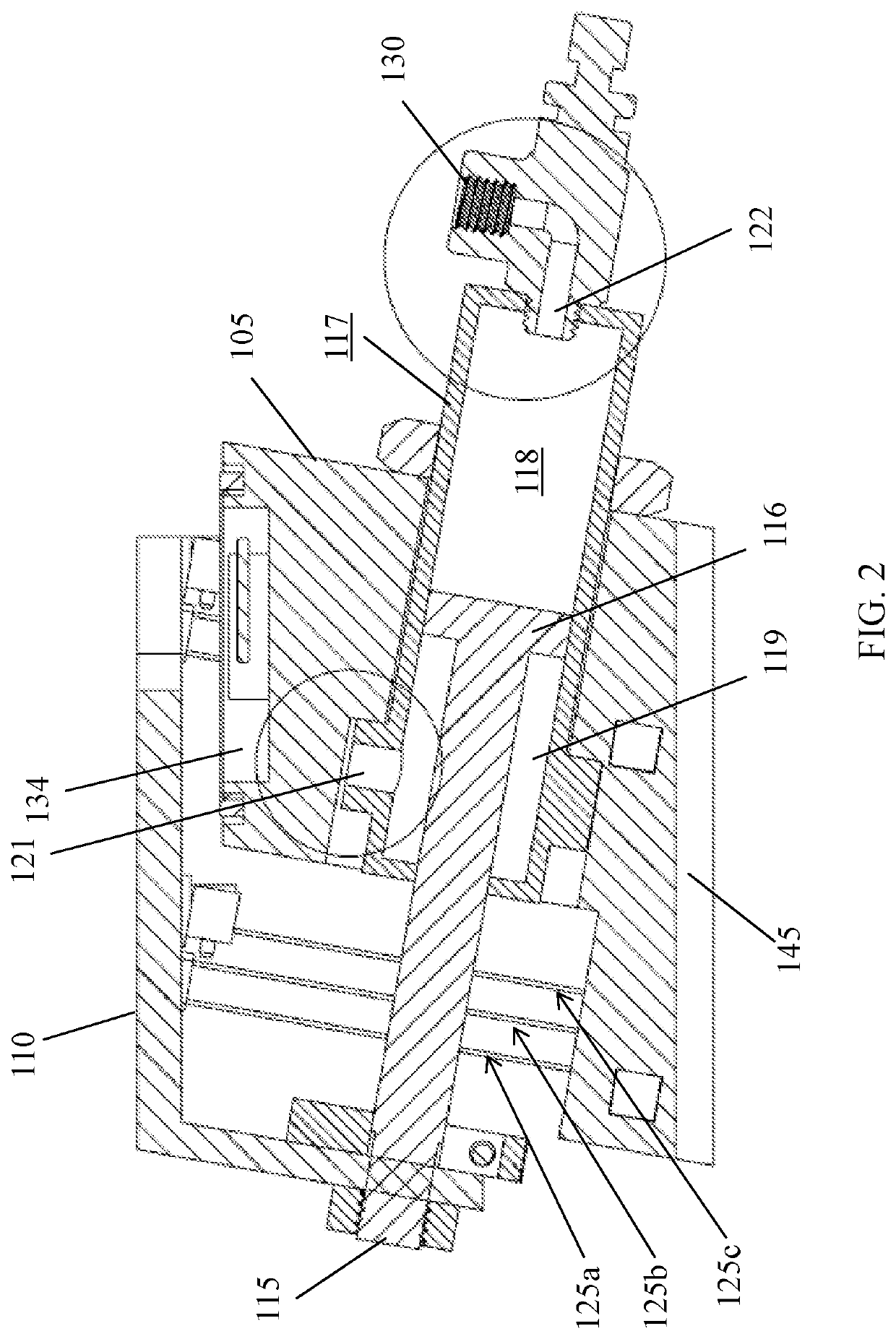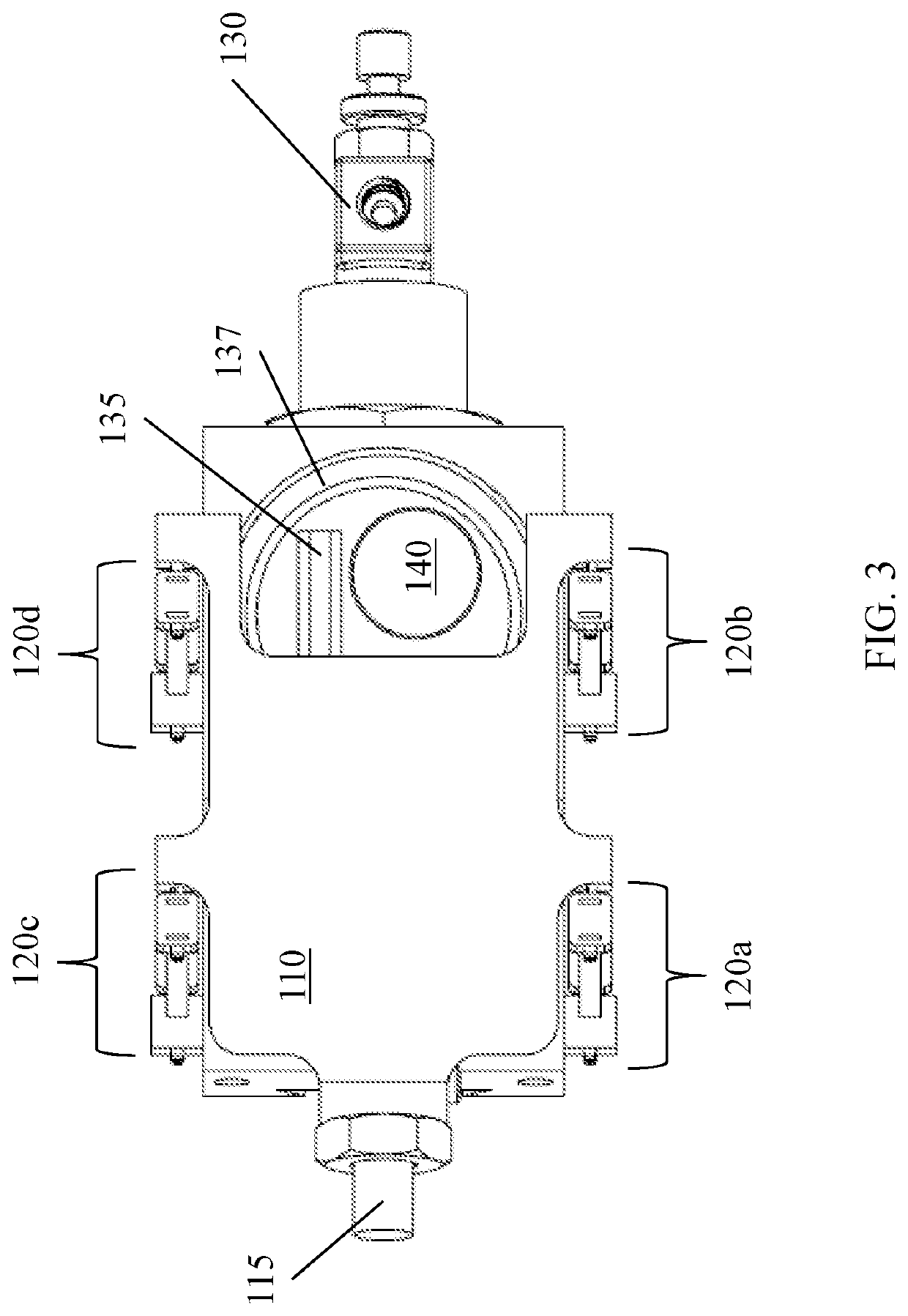Self-sealing container for protecting air sensitive samples
a self-sealing, sample-protection technology, applied in the direction of chemical process pressure vessels, packaging under special atmospheric conditions, packaging, etc., can solve the problems of material degradation, sample surface cracking, and sample destruction
- Summary
- Abstract
- Description
- Claims
- Application Information
AI Technical Summary
Problems solved by technology
Method used
Image
Examples
Embodiment Construction
[0008]In accordance with one embodiment of the invention, a self-sealing container is used for transferring one or more air sensitive samples into and out of a vacuum system. The container includes a housing with a cavity configured to receive the one or more samples. The container also includes a lid disposed on top of the housing. The lid is configured to interface with the housing to form a seal capable of sealing the one or more samples in the cavity when the lid is in a closed position. The container also includes two or more flexure systems. Each flexure system is coupled to the housing and the lid. Furthermore, one of the flexure systems is disposed on one side of the housing and the other flexure system is disposed on an opposing side of the housing. The flexure systems are configured to apply forces to the lid that move the lid horizontally and vertically above the housing, into an open position. The container also includes a pneumatic actuator actuated by a change in ambie...
PUM
 Login to View More
Login to View More Abstract
Description
Claims
Application Information
 Login to View More
Login to View More - R&D
- Intellectual Property
- Life Sciences
- Materials
- Tech Scout
- Unparalleled Data Quality
- Higher Quality Content
- 60% Fewer Hallucinations
Browse by: Latest US Patents, China's latest patents, Technical Efficacy Thesaurus, Application Domain, Technology Topic, Popular Technical Reports.
© 2025 PatSnap. All rights reserved.Legal|Privacy policy|Modern Slavery Act Transparency Statement|Sitemap|About US| Contact US: help@patsnap.com



